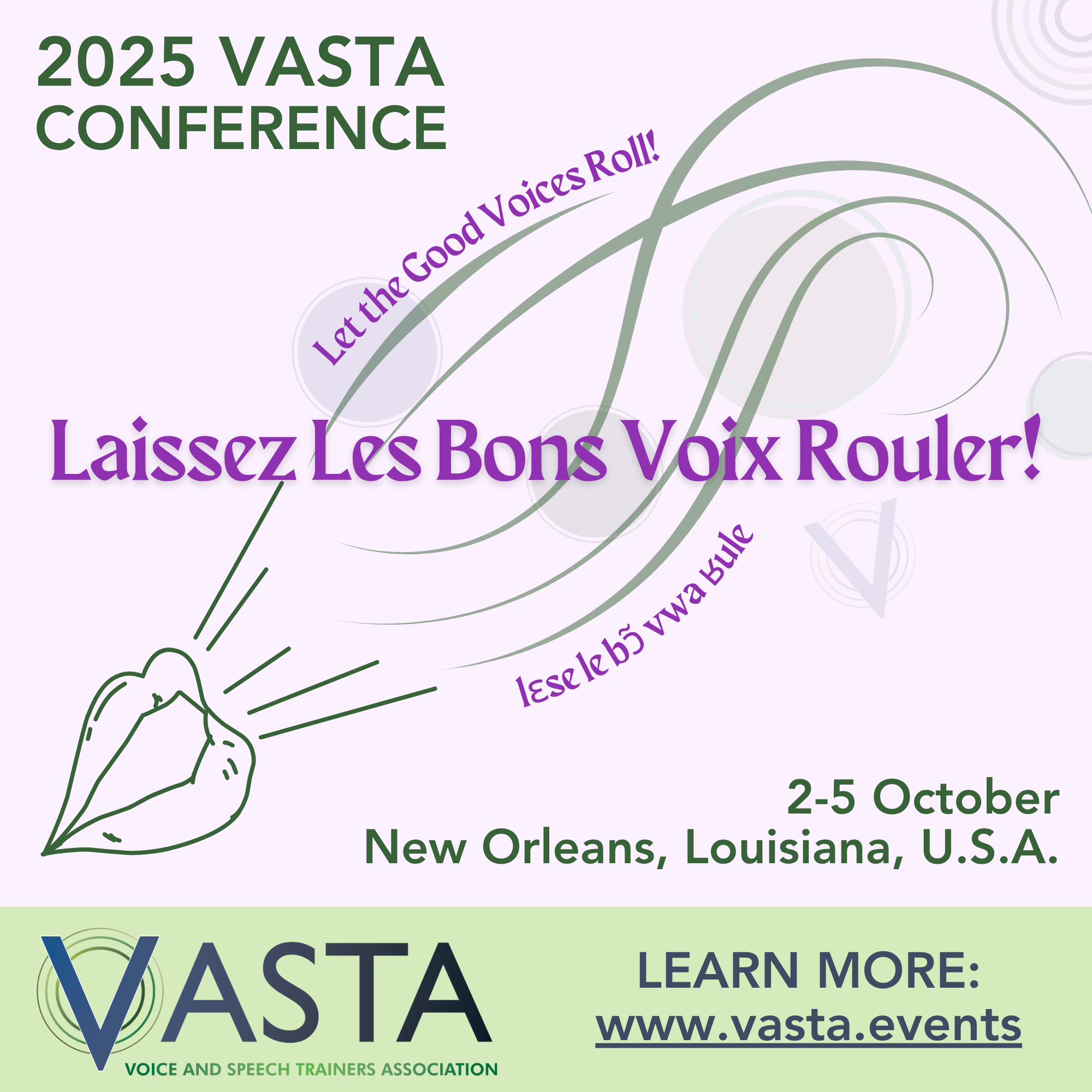Bahamas 2
Listen to Bahamas 2, a 34-year-old woman from Nassau, Bahamas. Click or tap the triangle-shaped play button to hear the subject.
Both as a courtesy and to comply with copyright law, please remember to credit IDEA for direct or indirect use of samples. IDEA is a free resource; please consider supporting us.
BIOGRAPHICAL INFORMATION
AGE: 34
DATE OF BIRTH (DD/MM/YYYY): 04/12/1982
PLACE OF BIRTH: Nassau, Bahamas
GENDER: female
ETHNICITY: Caucasian/Bahamian
OCCUPATION: restaurant owner
EDUCATION: bachelor’s of science in marketing and communication; associate’s degree in sociology
AREAS OF RESIDENCE OUTSIDE REPRESENTATIVE REGION FOR LONGER THAN SIX MONTHS:
The subject lived in West Palm Beach, Florida, United States, for four years while attending college at Palm Beach Atlantic University.
OTHER INFLUENCES ON SPEECH:
The subject speaks conversational Spanish.
The text used in our recordings of scripted speech can be found by clicking here.
RECORDED BY: Sarah Maria Nichols
DATE OF RECORDING (DD/MM/YYYY): 06/12/2017
PHONETIC TRANSCRIPTION OF SCRIPTED SPEECH: N/A
TRANSCRIBED BY: N/A
DATE OF TRANSCRIPTION (DD/MM/YYYY): N/A
ORTHOGRAPHIC TRANSCRIPTION OF UNSCRIPTED SPEECH:
So, I work at a place called Biggity, and what we are is a family-run and -owned business where we offer a little taste of the Bahamas to people who visit our island. But we do it in a very eco-friendly and health-conscious way. We also have the café or bistros, we like to call it, set up in a way where it’s very family-oriented and cozy. So, when you come here, you can experience what, uh, life is like in the Bahamas just by coming into our establishment. Well, at least that’s what we hope that we can do. We serve, uh, fresh coconut water and “Switcha,” which is a Bahamian lemonade. We also bake all of our pastries such as “Johnny Cake,” which is also a Bahamian, uh, bread-like pastry. And we use farm-fresh greens from local farms on the island — we don’t serve anything in cans, we don’t serve sodas or juices, just everything completely local. …
I just have to say this is so weird having to say it [the Bahamian Dialect] like this because I’ll talk like this in my normal language. [Interviewer: Right.] But we — because I’m speaking to someone else, I’m so trained to speak properly that I’m going, [interviewer: “yeah”] “What is coming out of my mouth?” …
I been by the tuck shop to buy salty and baggy, but they sell out of cup. [Standard English translation: I went to the neighborhood convenience store for cheap salami drenched in hot sauce and cool-aid/juice frozen in a plastic bag, but they didn’t have a 9- or 12-ounce cup with cool-aid in the freezer.] Man, I try to catch the jitney to work, but I was late, so I had to put foot to pavement. [I tried to catch the bus to work, but I was late, so I had to walk.]
TRANSCRIBED BY: Sarah Maria Nichols
DATE OF TRANSCRIPTION (DD/MM/YYYY): 09/12/2017
PHONETIC TRANSCRIPTION OF UNSCRIPTED SPEECH: N/A
TRANSCRIBED BY: N/A
DATE OF TRANSCRIPTION (DD/MM/YYYY): N/A
SCHOLARLY COMMENTARY:
I included the extra dialogue at the end, with my voice and the man’s voice in the background, because you can hear the difference between when the subject speaks to me and when she speaks to another Bahamian. The sound of her voice changes immediately. She really had to make an effort to speak the Bahamian dialect to me, a non-local, but this is how she normally speaks when she communicates with her family and friends in town.
Click here for a recording I obtained from a restaurant called Lukka Kairi in Nassau, Bahamas [www.lukkakairi.com]. It was recorded by a local DJ who works there and at other locations around town. It is a wonderful resource for anyone looking to study the rich and unique Bahamian dialect.
COMMENTARY BY: Sarah Maria Nichols
DATE OF COMMENTARY (DD/MM/YYYY): 11/12/2017
The archive provides:
- Recordings of accent/dialect speakers from the region you select.
- Text of the speakers’ biographical details.
- Scholarly commentary and analysis in some cases.
- In most cases, an orthographic transcription of the speakers’ unscripted speech. In a small number of cases, you will also find a narrow phonetic transcription of the sample (see Phonetic Transcriptions for a complete list). The recordings average four minutes in length and feature both the reading of one of two standard passages, and some unscripted speech. The two passages are Comma Gets a Cure (currently our standard passage) and The Rainbow Passage (used in our earliest recordings).
For instructional materials or coaching in the accents and dialects represented here, please go to Other Dialect Services.
 IDEA: International Dialects of English Archive
IDEA: International Dialects of English Archive



